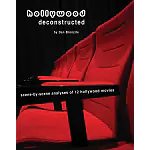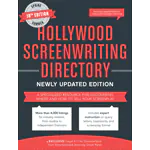Tag: writing style
What is the Time Frame of Your Screenplay?
When you first get the idea for a story it will probably focus around an interesting character, event, act three plot twist, high concept or thrilling action sequence, but…
Montage Sequence – Friend or Foe?
Instead of writing a bunch of short scenes with little or no dialogue as separate steps in your story, why not group them together in a sequence and count…
The Power of the Flashback
Flashback can be a clever device or it can be an annoying one. If you use it sparingly and don't rely on it too heavily to tell your story…



